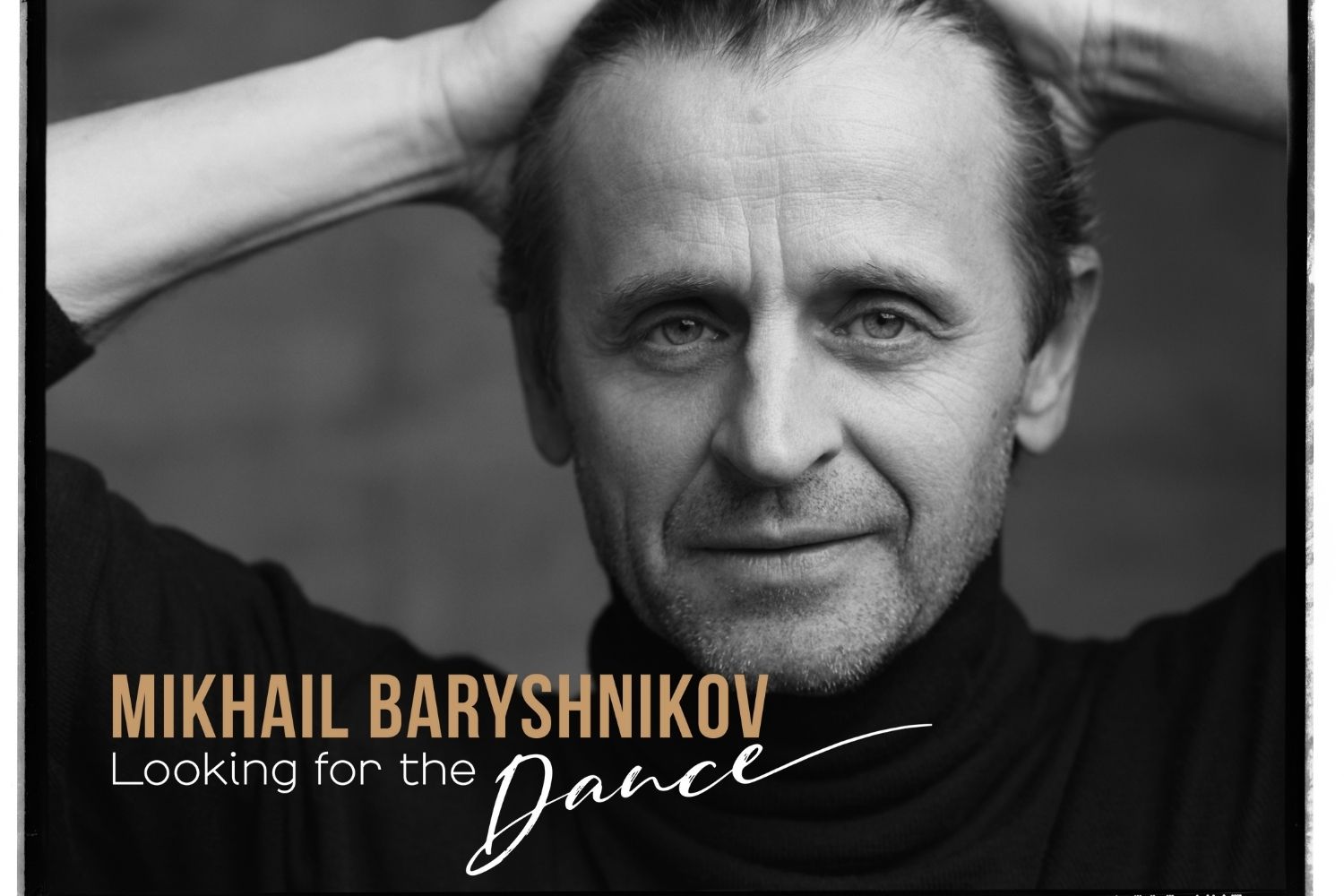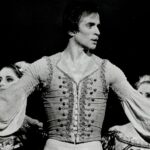Mikhail Baryshnikov is a name that reverberates through the annals of ballet and contemporary dance, embodying not just remarkable talent but also a deep-seated struggle for artistic freedom. His journey from the confines of Soviet ballet to the expansive realm of international performance art serves as a powerful narrative of resilience, identity, and the transformative power of creativity. This article delves into the multifaceted life of Mikhail Baryshnikov, exploring his defection, evolution as an artist, and enduring legacy as a cultural ambassador.
The Artistic Odyssey
Baryshnikov’s early years were steeped in the rigorous training inherent in Soviet ballet, where discipline was revered and strict adherence to style was non-negotiable. Yet, this very environment, while nurturing extraordinary talent, often stifled personal creativity. Understanding this dichotomy provides insight into Baryshnikov’s ultimate decision to break free.
Early Influences and Training
The rigorous nature of ballet training in the Soviet Union laid down the foundation for Baryshnikov’s technical excellence. From a young age, he was immersed in a world where every movement was meticulously crafted to conform to the principles of ballet.
This relentless pursuit of perfection fostered a sense of discipline within him, yet there remained an unquenchable yearning for individual expression. Baryshnikov was acutely aware of the restrictions imposed by the state on artists, leading him to grapple with the tension between ambition and compliance.
As he ascended through the ranks of the Kirov Ballet, his burgeoning talent began to shine brightly against the backdrop of oppressive expectations. It was here that he confronted the limitations of a system that sought to define his artistry, ultimately igniting a fierce desire for freedom.
The Internal Struggle
The internal conflict within Baryshnikov reached its peak during his tenure at the Kirov Ballet. As he grew more aware of the political implications of his artistry, he found himself at a crossroads: remain within the confines of Soviet ballet or risk everything for creative liberation.
His early performances, while technically proficient, increasingly reflected a sense of yearning for deeper emotional resonance. Baryshnikov realized that true artistry transcended mere execution; it required a connection to one’s inner self and the broader human experience.
This struggle for artistic authenticity would shape his career trajectory, culminating in the pivotal moment of his defection. It was more than a physical escape; it was a declaration of independence from a system that sought to dictate the terms of his creative expression.
The Daring Escape to the West
In 1974, Baryshnikov made the audacious decision to defect from the Soviet Union, a choice that would alter the course of his life and career. This act of defiance can be likened to a bird breaking free from a cage—an embodiment of his longing for autonomy in both art and life.
The circumstances surrounding his defection were fraught with danger and uncertainty. Leaving behind his homeland meant severing ties with family, friends, and a familiar way of life. Every step toward freedom was imbued with the knowledge that he may never return.
Baryshnikov’s arrival in the West marked the beginning of a new chapter. He embraced the challenges that lay ahead, navigating a foreign land while carrying the weight of his past. This duality of loss and liberation became a recurring theme in his subsequent work, infusing his performances with profound emotional depth.
Impact of Defection on Identity

Defection is often misconceived as a straightforward act of leaving one place for another. However, for Baryshnikov, it represented a complex transformation of identity that influenced his artistic expression and personal life.
Confronting New Realities
Upon arriving in the United States, Baryshnikov faced an array of challenges that tested both his physical and psychological limits. Starting anew in a foreign land demanded adaptability and resilience as he grappled with the mourning of his past while simultaneously embracing newfound freedom.
The transition from Soviet ballet to Western dance was not merely a change in locale; it involved reconciling two disparate identities. Baryshnikov had to navigate the complexities of being a celebrated artist in one culture while striving to establish his relevance in another.
His experiences during this period shaped his worldview, driving him to explore themes of displacement and belonging in his work. Audiences resonated with the palpable emotions he conveyed, as Baryshnikov transformed his struggles into artistry that spoke to the universal human condition.
Redefining Artistic Expression
With his departure from the Soviet regime came an opportunity to reimagine his artistic identity. Baryshnikov began collaborating with contemporary choreographers and experimenting with diverse forms of dance, merging classical ballet with modern elements.
This creative exploration allowed him to transcend traditional boundaries, enriching the cultural tapestry of the performing arts. His ability to adapt and evolve as an artist demonstrated a commitment to pushing the envelope while honoring his roots.
Moreover, Baryshnikov’s performances began to reflect a nuanced understanding of the human experience, drawing upon his personal journey of defection to infuse his work with raw emotion and vulnerability. Each choreography became a dialogue between the past and present, allowing audiences to connect deeply with his narrative.
The Legacy of Transformation
Baryshnikov’s story is emblematic of the transformative potential of art. His defection catalyzed a metamorphosis not only in his own identity but also in the world of dance. By challenging norms and embracing innovation, he set a precedent for future generations of artists seeking to find their voice amidst societal constraints.
Moreover, his journey resonates beyond the realm of dance, offering insights into the complexities of identity in a globalized world. Baryshnikov’s ability to navigate multiple cultural landscapes serves as an inspiration for individuals grappling with their own sense of belonging and creative expression.
In this way, Baryshnikov’s legacy extends far beyond his technical prowess; it embodies a spirit of resistance, reminding us that art has the power to transcend boundaries and illuminate the human experience in all its intricacies.
The Choreography of Influence

As Baryshnikov’s career evolved, so too did his contributions to various art forms beyond dance. His versatility and willingness to experiment positioned him as a significant figure in bridging classical ballet traditions with modern dance.
Expanding Artistic Horizons
Baryshnikov’s evolution as an artist is marked by a willingness to embrace diverse influences and genres. Beyond his initial achievements in ballet, he ventured into choreography and acting, showcasing a multidimensional talent few can claim.
His collaborations with contemporary choreographers allowed him to reinterpret traditional works while incorporating modern elements. This fusion created a dynamic interplay between different styles, captivating audiences and expanding the possibilities of performance art.
Through his innovative approach, Baryshnikov challenged conventional narratives, inviting viewers to engage with dance as a medium for storytelling. His performances often transcended technical execution, offering rich emotional landscapes that evoked a profound connection with the audience.
Emotional Narratives in Performance
One of the hallmarks of Baryshnikov’s artistry lies in his ability to convey deep emotional narratives through movement. Each performance becomes a reflection of his lived experiences, enabling audiences to resonate with the broader human experience.
Whether portraying characters in theatrical productions or interpreting contemporary choreography, Baryshnikov infuses his work with authenticity. His mastery of conveying vulnerability and strength allows audiences to witness the complexity of human emotions.
This emotional depth stems from his own journey of defection and the duality of freedom and loss. Baryshnikov’s performances evoke a sense of empathy, encouraging audiences to confront their own struggles and triumphs through the lens of art.
A Cultural Ambassador
Beyond his artistic endeavors, Baryshnikov’s role as a cultural ambassador cannot be overlooked. Through his foundation, he has sought to provide opportunities for emerging artists, fostering an environment where creativity can flourish without fear of censorship.
His commitment to nurturing the next generation of performers speaks volumes about his dedication to the principles of artistic freedom. By creating platforms for diverse voices, Baryshnikov champions the idea that art should thrive in an atmosphere of openness and encouragement.
This initiative reflects his own experiences as a young artist navigating restrictive environments. Baryshnikov’s desire to empower others represents a full-circle moment, as he strives to create the world he fought for during his early career—a world where creativity knows no bounds.
A Voice Against Oppression

The current geopolitical landscape adds another layer to Baryshnikov’s legacy. His recent discussions about the war in Ukraine and the challenges facing Russian artists underscore an ongoing battle for artistic expression amid authoritarianism.
Advocacy for Artistic Expression
Baryshnikov’s voice resonates with urgency as he speaks out against oppression in the arts. His perspective as a defector offers invaluable insights into the struggles faced by artists in repressive regimes, making him a powerful advocate for artistic integrity.
By leveraging his platform, Baryshnikov sheds light on the plight of many artists who grapple with censorship and limited creative freedom. His willingness to engage in dialogue about these issues underscores the vital role that artists play in shaping societal discourse.
In a world where creativity often faces threats from political agendas, Baryshnikov’s advocacy serves as a reminder that art can be a formidable force for change. His reflections invite us to consider the responsibility of artists to address social and political realities through their work.
The Role of Artists in Society
Baryshnikov’s discussions extend beyond personal experiences; they challenge us to rethink the role of artists in society. No longer seen merely as entertainers, artists are essential voices in the political landscape, capable of sparking conversations and driving change.
Through his activism, Baryshnikov encourages fellow artists to embrace their power to influence public opinion and inspire action. His message reinforces the notion that art can transcend entertainment, serving as a catalyst for awareness and understanding.
As we navigate complex social issues, Baryshnikov’s legacy reminds us of the importance of supporting artistic expression that reflects diverse perspectives. In a world rife with challenges, artists hold the potential to bridge divides and foster empathy through their work.
An Ongoing Conversation
Baryshnikov’s engagement with contemporary socio-political issues invites ongoing conversations about the intersection of art and activism. His willingness to address difficult topics exemplifies the courage required of artists to confront uncomfortable truths.
Beyond his individual journey, Baryshnikov’s legacy intertwines with broader movements advocating for artistic freedom worldwide. By championing the rights of artists, he amplifies the collective struggle for creativity and expression in the face of adversity.
This ongoing dialogue serves as a testament to the enduring power of art, reminding us that creativity can serve as both a refuge and a rallying cry in turbulent times.
Conclusion

Mikhail Baryshnikov’s life is a testament to the belief that art has the power to effect change and foster understanding. His journey from the confines of Soviet ballet to becoming an international icon of artistic freedom reflects not only his remarkable talent but also his unwavering commitment to creative expression.
As we reflect on Baryshnikov’s contributions to dance and the arts, we recognize the profound impact that a single individual’s journey can have on the larger cultural landscape. His legacy continues to inspire new generations of artists, urging them to embrace their unique voices and push the boundaries of possibility.
In a world where challenges persist, Baryshnikov’s story serves as a beacon of hope. It reminds us that the pursuit of creative freedom is an ongoing journey—one that requires courage, resilience, and an unwavering belief in the transformative potential of art.
✉️ Stay Connected — Subscribe for Weekly Updates
Discover timeless stories, practical wisdom, and beautiful culture — delivered straight to your inbox.
*We only share valuable insights — no spam, ever.







Seo Backlinks
Tháng 9 5, 2024Valuable info. Lucky me I found your website by accident, and I’m shocked why this accident didn’t happened earlier! I bookmarked it.